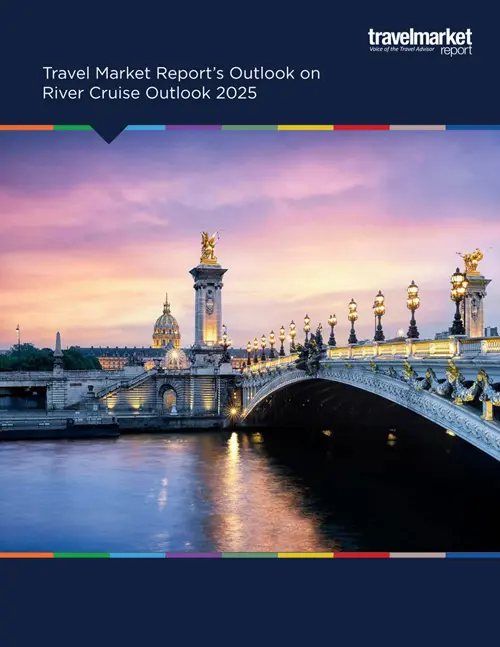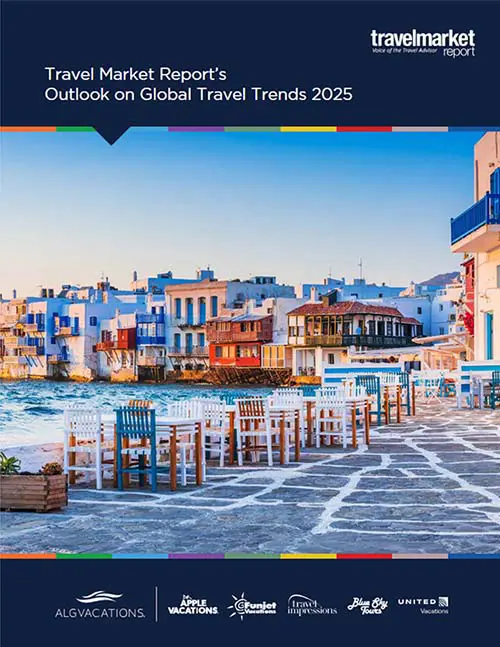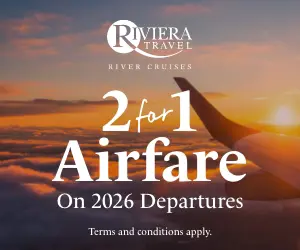TSA Numbers Hold Steady as Good News Strikes Travel Industry
by Daniel McCarthy
Photo: MarcusMainka/Shutterstock.com.
On Sunday, Nov. 8, 2020, the Transportation Security Administration screened 973,020 passengers at U.S. airports, an improvement over the previous Sunday and in line with what the TSA has been screening since about mid-October.
The number, while holding steady, is still down heavily from the 2.35 million that the TSA screened on the same day in 2019, but is up significantly from the April low of 87,534. The TSA has still not reached 1 million passengers since it broke through that threshold on Oct. 18, but a couple of news items that broke over the weekend have shown some positive signs of trends moving in the right direction for the industry.
The first is that a number of airlines have begun boosting service, particularly over the Thanksgiving travel week in the U.S., typically the busiest travel period of the year, in anticipation of a rise in demand.
JetBlue, over the weekend, announced it will add 25 additional flights between Nov. 20 and Nov. 30, mostly from airports around the New York Area. Additional flights include service from New York (JFK) to Los Angeles, Port-au-Prince, Santo Domingo, San Francisco, San Juan, and Santiago; service from Newark to Ft. Lauderdale, Orlando, Fort Myers, and Tampa; and service from Westchester County to Ft. Lauderdale and Orlando.
And, on Monday, United Airlines made its own announcement. United said it was planning on adding 1,400 flights for the week of Nov. 23, a 9% total increase in service, in order “to accommodate last-minute demand.”
A lot of United’s service is from its gateways—Chicago, Denver, Houston, and Washington Dulles—to warm-weather destinations in Florida and Hawaii including Ft. Lauderdale, Tampa, Miami, and Palm Beach along with Honolulu, Maui, Kona, and more.
The second significant piece of good news came from the biotech world on Monday morning when Pfizer and BioNTech, a Germany company, announced that their COVID-19 vaccine was found to be more than 90% effective, a number that is significantly higher than the typical efficacy rate for the annual flu vaccine (40% to 60%), according to the latest data from its trial.
While almost every single travel stock publicly traded jumped in value on the news, there is still a ways to go for the vaccine to be fully approved by the FDA and then distributed worldwide. Pfizer chairman and CEO Dr. Albert Bourla told CNBC on Monday that Pfizer expects to have 50 million doses of the vaccine this year and another 1.3 billion next year.
“We feel very, very, very confident about the efficacy because it’s overwhelming,” Bourla said on Monday, who went on to call the news “likely the most significant medical advancement in the last 100 years.”
The news is significant because, according to consumer surveys, a vaccine could be a tipping point in getting the travel industry back on the road to normalcy, though the public is still somewhat reluctant to take it.
According to the latest data from MMGY’s TIPS survey, the potential and availability of a vaccine would impact travel decisions, more than any other factor, for a majority (53%) of the traveling public. Less than half of those respondents (45%) said that they would take the vaccine as soon as it is available, while 46% said that they would wait “at least a few months” to see if it effective before taking it.
























